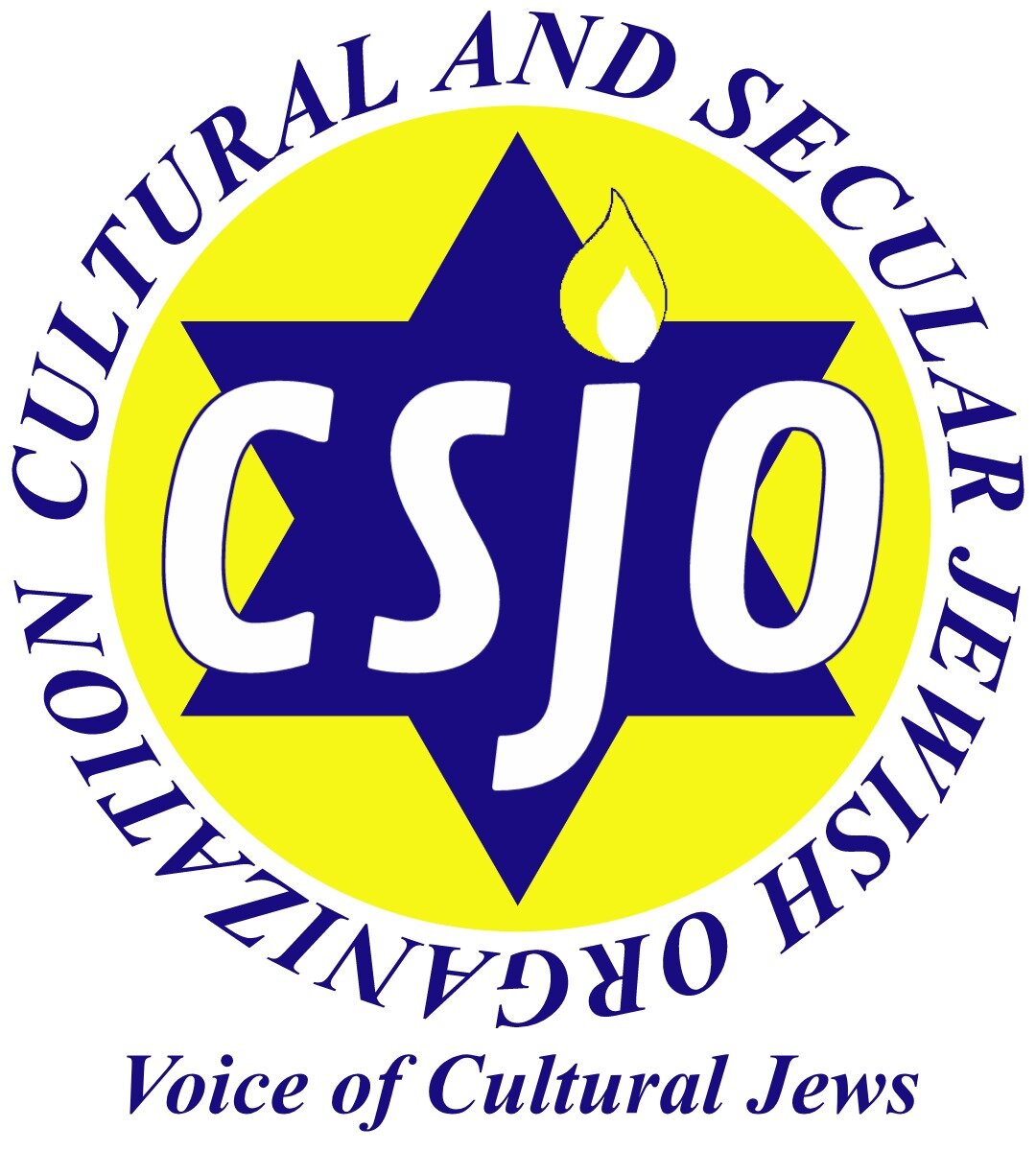Rosh Hashanah
Rosh Hashanah and Yom Kippur, collectively known as the "High Holidays," are inseparable. They mark the beginning and end of the "Days of Awe," when, according to the religious tradition, God sits in judgement of the Jewish people. On Rosh Hashanah, He opens the "Book of Life" to record the fate of Jews for the coming year. On Yom Kippur, He closes it. This gives Jews a ten day grace period to repent for their misdeeds in the hope that God will forgive them and grant them a good year. The name "Rosh Hashanah," which means "head of the year," was not used until it appears in the Mishnah, the code of Jewish law compiled in the 2nd century CE. Originally, the ancient Hebrews celebrated the new year in the spring, the time of birth and rebirth, reflecting the era in early Jewish history when they were a pastoral people. In the Torah, Passover is considered the beginning of the new year. Later, as Jews developed their monotheistic beliefs, they wished to differentiate themselves from pagans, whose religious rituals were usually seasonal and nature-based. If the New Year were at the winter solstice, it could be misinterpreted as a celebration of the return of the sun. If it were in the spring, it could be viewed as a fertility festival. Therefore Jews became one of the few people to celebrate their new year in the fall, and to combine it with the concept of divine judgment. Yet, this was not purely a Jewish invention. The Jewish New Year was modeled after the Babylonian "Day of Judgment," which they observed as their new year for many centuries before the Common Era.
Neverthess, Rosh Hashanah still retains a seasonal element. For European or Ashkenazic Jews, the symbol of the holiday is the apple, which is said to represent the roundness of the year, but obviously has a connection to the apple harvest. The special round loaf or khale eaten on Rosh Hashanah is baked with raisins, a product of the grape harvest of early fall.
We know that the Christian calendar is dated from the presumed birth of Jesus. How did our ancestors do their calculations? By counting backward, using the chronology in the Torah, they came up with the presumed year of creation!
The ethical component of Rosh Hashanah is the most important aspect of the holiday for secular Jews. It is a time for self-reflection and evaluation; a time to admit our failings and take stock of our conduct. It is a time to commit ourselves to the repair of the world or tikkun olam, beginning in our personal relationships and extending outward to the Jewish and non-Jewish communities. The sound of the shofar, so intimately associated with Rosh Hashanah, can be heard as a clarion call to assume these responsibilities.
A traditional Rosh Hashanah ceremony--Tashlikh--involves emptying breadcrumbs into a flowing body of water. It symbolizes getting rid of one's sins. Family outings to rivers and streams can integrate this tradition into our concerns over water pollution, because the Tashlikh ceremony requires that breadcrumbs can only be thrown into water that supports marine life.
The story of Abraham's attempt to sacrifice his son, Isaac, known as the akedah, is central to the standard Torah reading on Rosh Hashanah. You probably know it. Abraham hears God's voice. It tells him to kill his son Isaac. Abraham obeys. He ties up his son and is on the verge of stabbing him with a knife when God sends an angel to stop him. Abraham's readiness to commit murder has troubled Jews for millennia. The traditional religious interpretation is that God was testing Abraham's loyalty. But blind obedience to authority is not a concept that we endorse.
For much more on Rosh Hashanah and Yom Kippur, including readings and music, see Apples and Honey, A CSJO Publication, 1995

